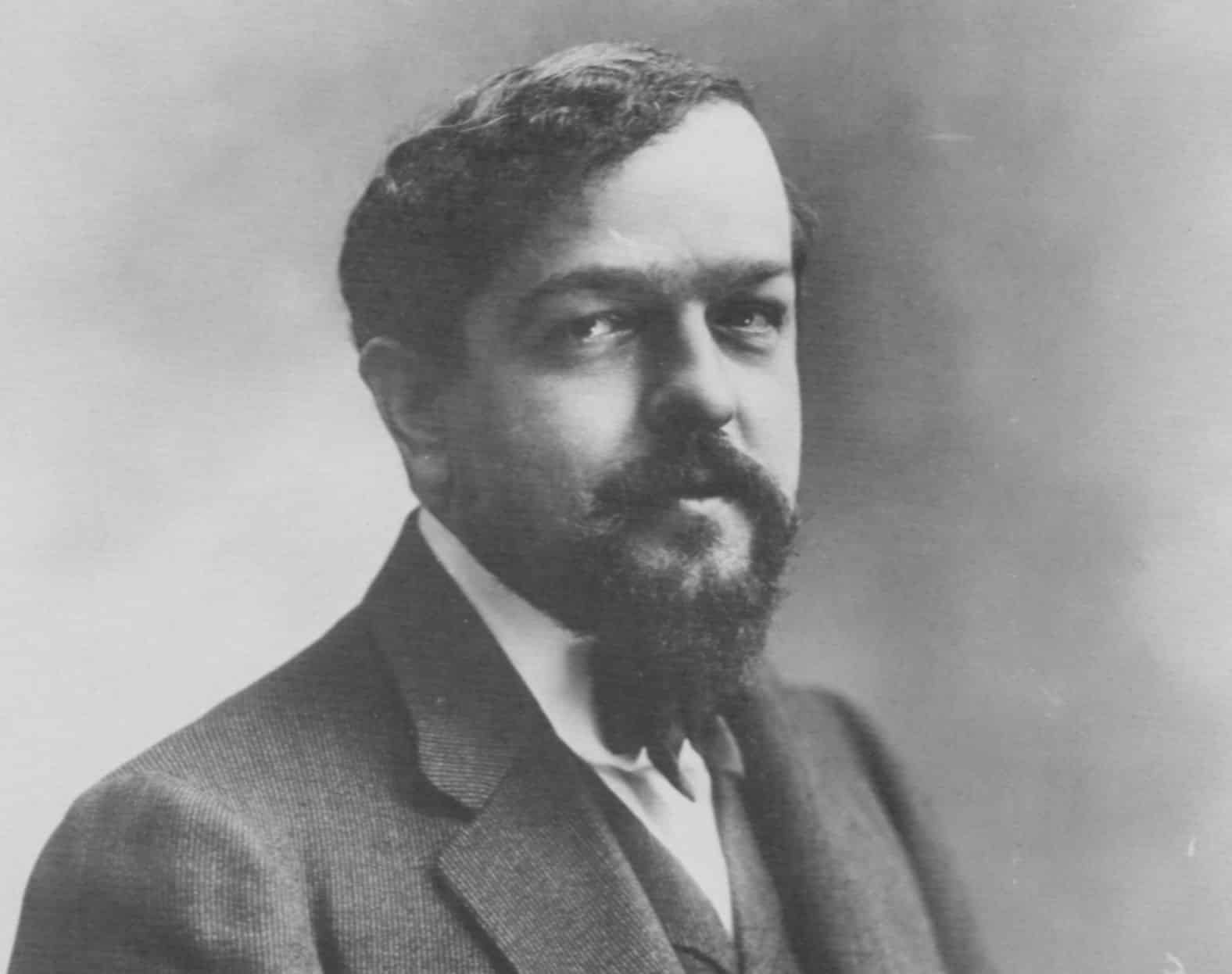Claude Debussy, one of the most prominent figures in French Impressionism, created Jeux in 1912, a ballet that remains one of his most intriguing and avant-garde works. Its full title is Jeux: Ballet in one act, and it was commissioned by the renowned Russian impresario Sergei Diaghilev for his Ballets Russes company. The ballet was conceived as a collaboration between Debussy and choreographer Vaslav Nijinsky, with a libretto by the famous poet Stéphane Mallarmé. Although Jeux was not an immediate success, it has since become an essential part of the classical music repertoire, celebrated for its innovative use of orchestration and complex, evolving structure.
The Genesis of Jeux
Debussy’s composition of Jeux was born from the intersection of the worlds of music, ballet, and avant-garde theatre. By the time he was approached by Diaghilev, Debussy had already composed several works that would define the French musical landscape, including Prélude à l’après-midi d’un faune (1894) and Clair de Lune (1905). However, Jeux was different in both style and concept, marking a shift in Debussy’s compositional approach.
The collaboration between Debussy and the Ballets Russes, however, came with its challenges. Diaghilev’s vision was that the ballet would reflect modernity and sensuality, breaking from the rigid structures of traditional ballets. To achieve this, he asked Debussy for a score that was unusual in its harmonic language and structure. The result was a work that pushed the boundaries of orchestration and form, making it an important precursor to the more experimental works of the 20th century.
The Concept and Story of Jeux
The concept behind Jeux revolves around a playful and almost dreamlike interaction between two young women and a man on a tennis court. Inspired by Mallarmé’s ideas of ambiguity and sensuality, the ballet does not follow a traditional narrative but instead relies on the mood and atmosphere created by the music and dance. It is often described as a “ballet of the mind,” emphasizing the fleeting, ethereal quality of human interaction, rather than a straightforward plot.
The narrative centers on a man who encounters two young women on a tennis court. These women tease and taunt him, drawing him into a game that blurs the lines between flirtation, desire, and competition. The ballet explores themes of attraction, rivalry, and the transient nature of human relationships.
The choreography by Nijinsky was groundbreaking, as he employed unconventional movements and gestures that reflected the innovative spirit of the music. The dancers’ movements were often sharp and angular, contrasting with the flowing, fluid lines that characterized the works of earlier ballets.
The Musical Composition
Musically, Jeux departs from traditional forms in several ways. Unlike many of Debussy’s earlier works, which followed a more clear-cut structure, Jeux has an episodic form with shifting themes and textures. The music flows freely, capturing the fluidity of the narrative, with constant changes in rhythm and harmony. It is a work of great chromaticism, using dissonance and unexpected harmonic shifts to create a sense of unease and tension.
The orchestration of Jeux is equally innovative. Debussy wrote the score for a relatively large orchestra, with many different instrumental groups playing off one another in complex patterns. He used a wide range of orchestral colors, creating a shimmering, often kaleidoscopic sound. The use of the harp, celesta, and various woodwinds creates a sense of lightness and ethereality, complementing the ballet’s sensual and dreamlike qualities.
Despite its complexity, Debussy’s Jeux remains one of his most subtle and refined works, employing delicate textures and harmonic richness that were ahead of their time. The piece features a range of contrasts, from ethereal passages to more intense, driven sections. These shifts in mood and color mirror the ballet’s sense of playfulness and seduction, and they underscore the tension between the characters on stage.
The Premiere and Reception
Jeux was first performed on May 15, 1913, at the Théâtre du Châtelet in Paris. The premiere, however, was less than successful, marked by a less-than-enthusiastic reception from both critics and the audience. Many were confused by the unconventional structure of the music and the modernity of the choreography. The ballet’s fluidity and lack of a clear narrative left some feeling disconnected, and the audience’s unfamiliarity with the work led to an atmosphere of ambivalence and even disdain.
However, over time, Jeux was reappraised by critics and scholars, who began to recognize its pioneering role in the development of modern ballet and music. Today, Jeux is considered one of Debussy’s most innovative works, a perfect fusion of modern dance, music, and avant-garde aesthetics. It was an influence on many composers, including Igor Stravinsky and Maurice Ravel, and its unconventional form and sound helped pave the way for future developments in both ballet and orchestral music.
Legacy
Although Jeux was not widely appreciated at the time of its premiere, its legacy has grown considerably over the years. The ballet’s music is now recognized as an important landmark in 20th-century music, showcasing Debussy’s continued ability to experiment with texture, harmony, and orchestration. Today, Jeux is occasionally performed by ballet companies, though its complexity means that it is still somewhat rare in the standard ballet repertoire.
The ballet also represents a key moment in the development of modernism, capturing the spirit of experimentation and change that defined early 20th-century art. Debussy’s music for Jeux continues to challenge audiences and musicians alike, offering a unique and evocative listening experience.
Conclusion
Claude Debussy’s Jeux is a masterpiece that embodies the essence of artistic experimentation and the spirit of the early 20th century. With its innovative use of orchestration, its evocative, atmospheric qualities, and its rejection of traditional ballet forms, Jeux stands as a testament to Debussy’s genius and his commitment to pushing the boundaries of music. Today, it remains a significant work, offering a glimpse into the future of both ballet and orchestral music, while also preserving the enigmatic beauty that is characteristic of Debussy’s style.


Comments are closed